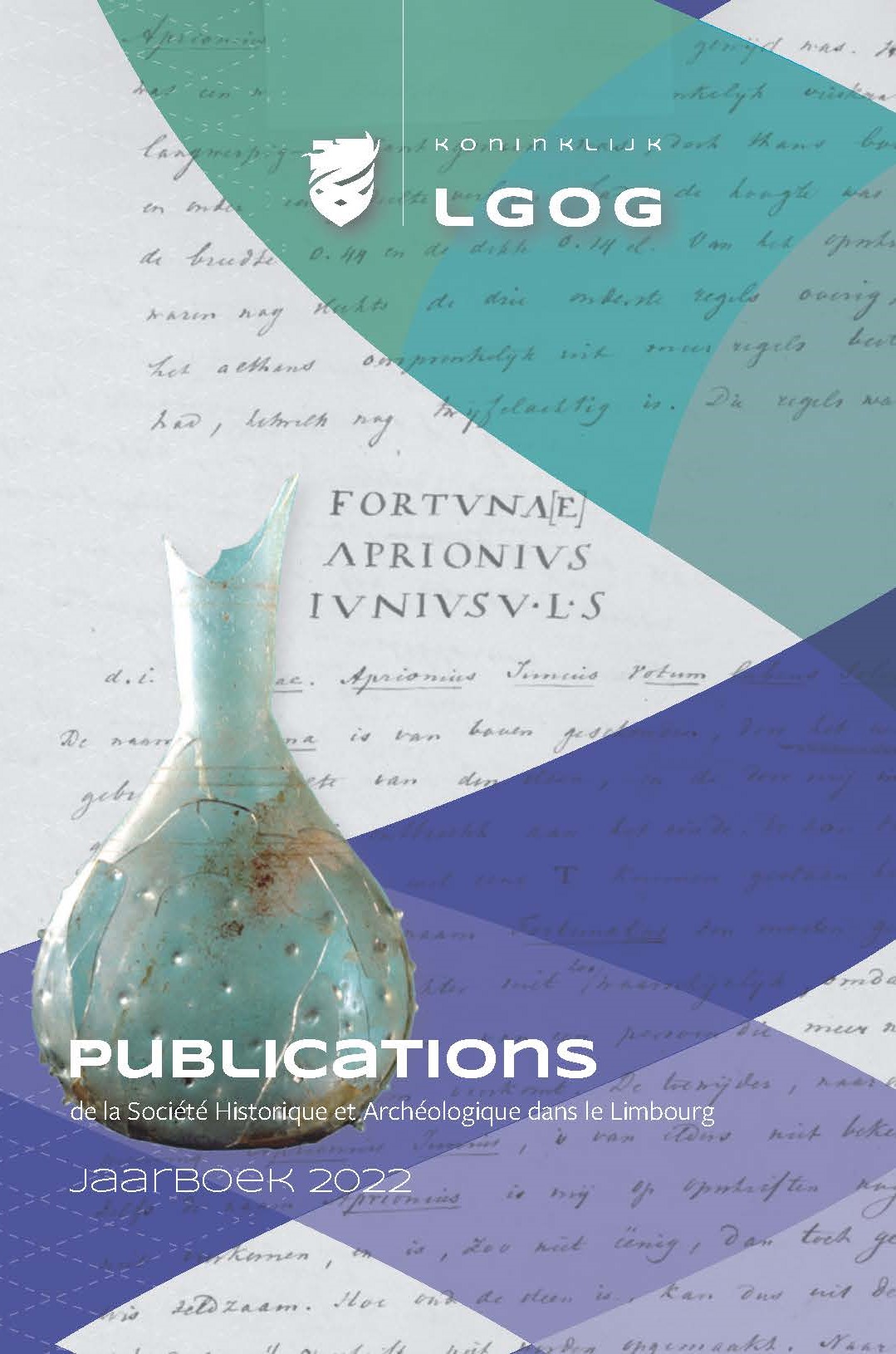Wedden op het paard dat Europa heet
De rol van de Stichting Wetenschappelijk Onderwijs Limburg bij het binnenhalen van de universiteit in Maastricht en de spreiding van het hoger onderwijs
Samenvatting
The Foundation for Higher Education Limburg (SWOL - Stichting Wetenschappelijk Onderwijs Limburg) stood at the cradle of the State University of Limburg, nowadays Maastricht University. Its aim was to prepare the ground for the establishment of a university in Limburg by organizing a strong lobby towards the national government in The Hague, as well as by mobilizing the ‘Limburg community’ to start working actively in attracting a university. The SWOL relied on a broad social support and maintained short lines of communication with both the national KVP and the PvdA party leaders. This lobby group succeeded in 1969 in winning the eighth medical faculty; this faculty was regarded as the first step towards the establishment of a state university in Maastricht. The establishment of this university on 9 January 1976 marked a milestone in Limburg’s history. In Limburg, the assignment of the university in the southernmost tip of the Netherlands was seen as an act of justice. After all, since the beginning of the twentieth century, several unsuccessful attempts had been made to bring a catholic university or at least a form of catholic higher education, that led to a university, to Limburg. A Limburg university served as a symbol of Limburg’s empowerment, after years of having been ‘underrepresented’ and ‘underdeveloped’ within national political and educational contexts. Since the presence of Maastricht University is so self-evident after almost 50 years, it seems to be obvious that the Limburg lobby, united in the SWOL, won the race for ‘the eight’ as a first step to a university. However, in the mid-1960s, on the political agenda was not so much the establishment of a full university as the establishment of only an eighth medical faculty. It would have been more obvious to assign the medical faculty to Twente or to Brabant (Eindhoven and Tilburg), where the eighth could have joined existing universities of applied sciences. In the university’s historiography is oftentimes pointed at the need for economic restructuring after the mine closures to explain the foundation of the State University of Limburg. However, this article shows that it is an historical mistake, probably inspired by presentism, to assume that Maastricht was the likely victor. The fact that SWOL succeeded in winning a state university was surely not only the result of its well-founded arguments in its many industriously written notes, but it was also the result of the skilful way in which this lobby group played the game in the political arena. Maastricht was awarded the university not in the first place because of economic reasons, but mainly because of the need for the spread of education - the existing universities were struggling with an overload of students. Furthermore, the SWOL successfully hammered on the clamping argument that the Netherlands desperately needed a new university with a European orientation and Maastricht was, indeed, ideally located on a cultural crossroads.
Downloads
Downloads
Gepubliceerd
Nummer
Sectie
Licentie

Dit werk wordt verdeeld onder een Naamsvermelding 4.0 Internationaal licentie.
Auteurs behouden het volledige auteursrecht op hun werk en verlenen het tijdschrift het recht van eerste publicatie. Artikelen worden verspreid onder de voorwaarden van de Creative Commons Naamsvermelding 4.0 Internationaal (CC BY 4.0).



